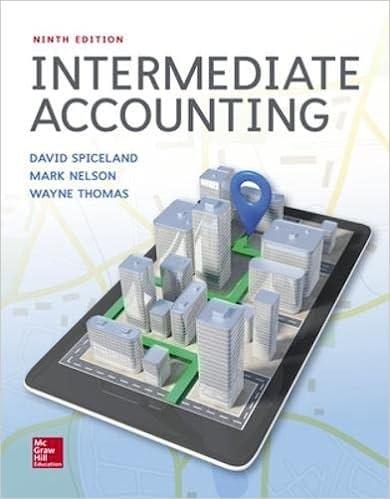Hudson Company, which is both a wholesaler and a retailer, purchases its inventories from various suppliers. Additional
Question:
a. Hudson incurs substantial warehousing costs.
b. Hudson uses the lower-of-cost-or-market method. The replacement cost of the inventories is below the net realizable value and above the net realizable value less the normal profit margin. The original cost of the inventories is above replacement cost and below the net realizable value.
Additional facts for Hudson's retail operations are as follows:
a. Hudson determines the estimated cost of its ending inventories held for sale at retail using the conventional retail inventory method, which approximates lower of average cost or market.
b. Hudson incurs substantial freight-in costs.
c. Hudson has net markups and net markdowns.
Required:
1. Theoretically, how should Hudson account for the warehousing costs related to its wholesale inventories? Why?
2.
a. In general, why is the lower-of-cost-or-market method used to value inventory?
b. At which amount should Hudson's wholesale inventories be reported in the balance sheet?
Explain the application of the lower-of-cost-or-market method in this situation.
3. In the calculation of the cost-to-retail percentage used to determine the estimated cost of its ending retail inventories, how should Hudson treat
a. Freight-in costs?
b. Net markups?
c. Net markdowns?
4. Why does Hudson's retail inventory method approximate lower of average cost or market?
Fantastic news! We've Found the answer you've been seeking!
Step by Step Answer:
Related Book For 

Intermediate Accounting
ISBN: 9781259722660
9th Edition
Authors: J. David Spiceland, James Sepe, Mark Nelson, Wayne Thomas
Question Posted:





